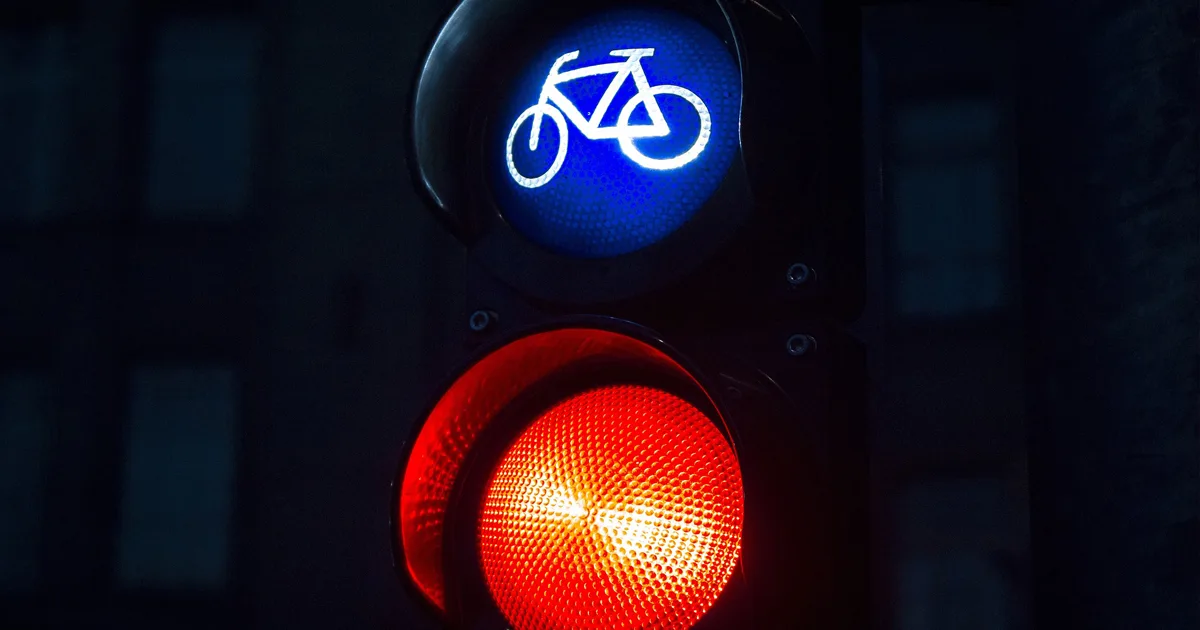how do traffic lights work?
Introduction
Traffic lights, also known as stop lights, are an essential aspect of modern roadways designed to control the movement of vehicles and prevent accidents by directing drivers and pedestrians when to stop, proceed with caution, or continue on their way.
how do traffic lights work? – Components of Traffic Light System
Controller
The controller is often housed in a nearby control box, serves as the system’s brain, and gathers data from sensors along the route. The controller then uses this information to determine when to change the light sequences.
Power Supply
The power supply is responsible for providing the electricity needed to operate the lights and is related to the city’s electrical grid. In addition, In case of a power loss, the lights will still work thanks to a backup battery system.
Sensors
The sensors, also known as detectors, are located at intersections and are designed to detect the presence of vehicles. When an automobile is perceived, the sensors send a signal to the controller, which changes the light sequence accordingly.
Light Fixtures
The light fixtures consist of red, yellow, and green lenses that are faint to signal drivers and pedestrians when to stop, proceed with caution, or continue on their way. The lenses are mounted on poles or hung from overhead wires and are related to the controller.
Light Sequences
Traffic lights operate in a series of sequences that the controller has preprogrammed. The most common sequence is the red-yellow-green sequence, which is employed to control the flow of vehicular traffic. In this sequence, the red light indicates that drivers must stop, while the yellow light signals that drivers should proceed with a warning as the light is about to change to red. The green light indicates that drivers may continue.
Green Arrow
In addition to the red-yellow-green sequence, some traffic lights also include a green arrow, which indicates that drivers may turn in the direction indicated by the angle.
Pedestrian Signals
Pedestrian signals are also a vital component of a traffic light system, as they help to regulate the flow of Walker traffic. These signals typically include a “walk” signal, which indicates that it is safe for pedestrians to cross the road, and a “don’t walk” signal, which suggests that pedestrians should not cross the path.
Intelligent Transportation Systems
In addition to traditional traffic lights, intelligent transportation systems (ITS) work to control and manage traffic. These systems use advanced technology, such as video cameras and wireless communication, to monitor and control traffic flow in real time.
Adaptive Traffic Control System
An example of an ITS is the adaptive traffic control system, which adjusts the timing of the lights based on the current traffic conditions. In this system, the controller uses information from sensors to determine the amount of traffic on the road and then adjusts the timing of the lights accordingly.
Conclusion
In conclusion, traffic lights are a critical component of modern roadways, helping to manage and regulate the flow of vehicular and pedestrian traffic. They are essential for ensuring the safety of drivers and pedestrians and helping to reduce the risk of accidents on our roads.
READ MORE :
- All About Aston Martin Cars
- Audi e tron Review
- Bently Continental GT price in India
- BMW X1 Price in India
- Brezza 2022 Launch date in India
- Why Bugatti Is So Expensive?
- Best car dealers in Dubai
- Concorde Motors Kochi
- Honda Showroom Kochi
- Indus Motors Thevara
- KIA DEALERS IN PUNE
- Lamborgini Showroom in India
- Nippon Toyota Kalamassery
- Rolls Royce Showroom in India
- Sai Service Pathadipalam
- Top 10 Car Showrooms Kottayam,
- Top 5 Car Showrooms Trivandrum
- BREZZA 2022 vs TATA NEXON
- Citroen C3 price in India
- 2021 Chevrolet corvette vs Mustang Shelby GT50
- Is Mercedes-Benz better than BMW?
- EcoSport Price in Kerala
- Upcoming Ford cars in India –
- Alcazar
- Cars price in India
- Hyundai Creta
- i20 Price in Kerala on-road
- venue price in India
- KIA Carens price in India on road
- Carnival 2021 India
- KIA Cars on road price in India
- seltos price in Kerala
- Kia sonet price in Kerala
- Landrover Range rover Evoque review
- Mahindra Bolero Neo
Also Read,
- Pickup price 2021
- Mahindra Thar on road price in Kerala
- XUV 300 on road price in India
- Mahindra XUV 700 on road price in Kerala
- Mahindra XUV700
- 2022 Maruti Suzuki Brezza
- Alto 800 Price in Kerala
- Alto K10 2022 | Alto K10 2022 model price
- Ignis price in India in 2022
- Alto 800 price in India
- Eco price in India
- Ertiga price
- Swift price On road in India
- Vitara Brezza
- Maruti Suzuki Wagon R price in India
- New Celerio 2021
- Swift Price in Kerala
- Vitara Brezza with price
- Wagon R Price in Kerala
- MINI COOPER SE
- MG Astor-
- MG Hector price in Kerala
- Nissan Pathfinder 2022
- Renault Triber review
- Most expensive Rolls Royce
- S cross price in India
- Skoda Kodiaq
- Super Cars worth waiting for
- Nexon Price in Kerala
- TATA Harrier on-road price in Kerala
- Tata Upcoming Cars
- Tiago Price in Kerala
- 2021 tesla model 3 standard range
- Fortuner Top Model Price in India
- Innova Crysta price in India
- Innova Crysta Price in Kerala
- Price for Toyota Yaris 2021
- Toyota Urban cruiser price in India
- Polo on road price in Kerala
